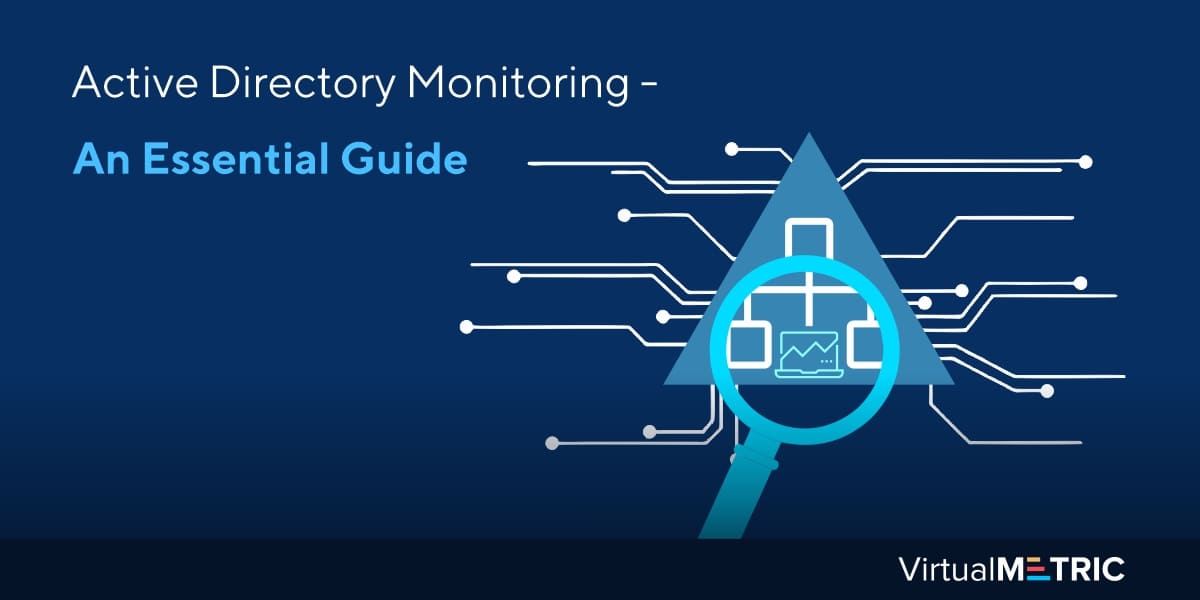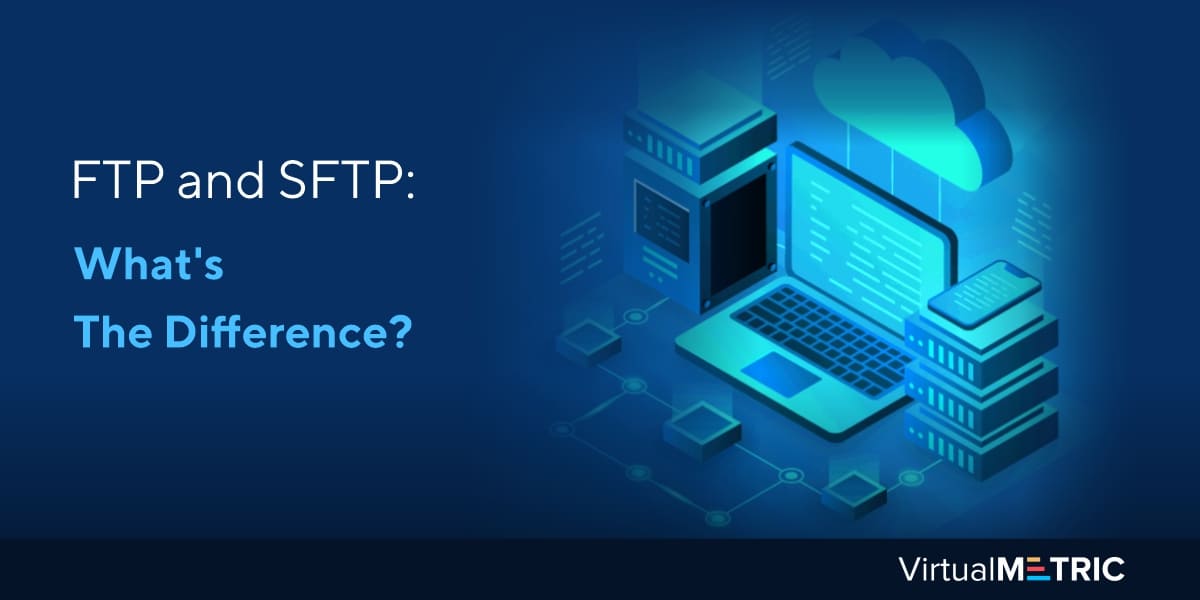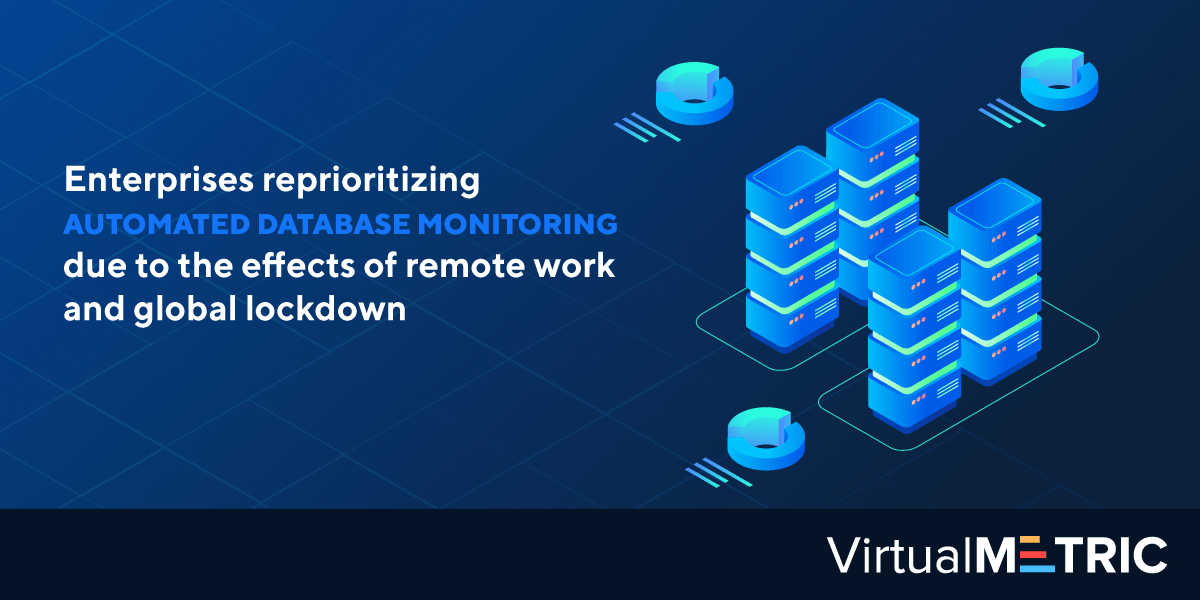An effective active directory monitoring system is essential to a secure directory design. There is a wide variety of security issues and loopholes that can be identified early if the users on the network are following the active directory monitoring guidelines. The lack of such monitoring can lead to a multitude of security threats which can result in financial and reputational damage along with data loss.
What is Active Directory and How Does it Work?
An active directory is a hierarchical system built into Windows Server operating systems that is capable of holding information related to different objects on the network. The active directory provides the procedures for saving directory information and ensuring the information is available to network admins and users whenever required.





